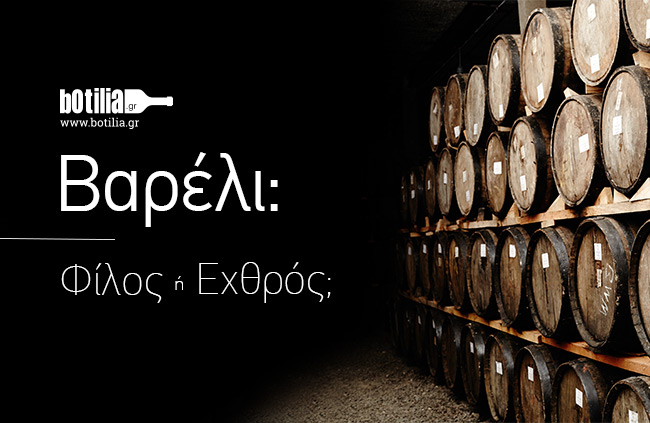OAK AGING: FRIEND OR FOE?

In red wines, fermentation and maturation in oak barrel for several months, sometimes years, is considered a classic method of vinification! In white on the other hand, ageing in oak barrels gives a sense of luxury and perhaps sophistication. Everything is fine , but there is a fine line between oak and fruit.
The organoleptic characteristics of each wine depend on a set of factors. First we have the primary aromas due to the variety and the terroir. Secondly, we have the secondary characteristics due to the vinification techniques such as malolactic fermentation, battonage, oak ageing, etc. Finally, we have the tertiary aromas that come with bottle aging.
In the past, the longer the oak ageing, the better the wine. Wines overloaded with wood and the aromas of the oak struggled to find their identity. Vanilla, tobacco, butter, caramel, cedar and toast covered every primary feature of the wine.
Fortunately, this "fashion" has begun to fade and the intention now is to create wines that reflect their variety and origin. Many winemakers no longer use 100% new barrel or highly burnt barrel but second or third use oak barrels. This translates into milder oak aromas that with proper management give volume and complexity to the wine without covering the fruit and freshness. Another trend is the larger volume barrels, so that the wine has less contact with the wood and so the aromas of the barrel are more beautifully integrated and discreet.
Definitely the barrel isn't an enemy but it definitely needs attention in its handling because sometimes it does more harm than good. Think of how hard it is for some winemakers to get a fairly concentrated fruit (less than 400 kg per acre). Isn't it a pity that so hard work is hidden and buried from the oak?
Eva Markaki
Wine Geek


